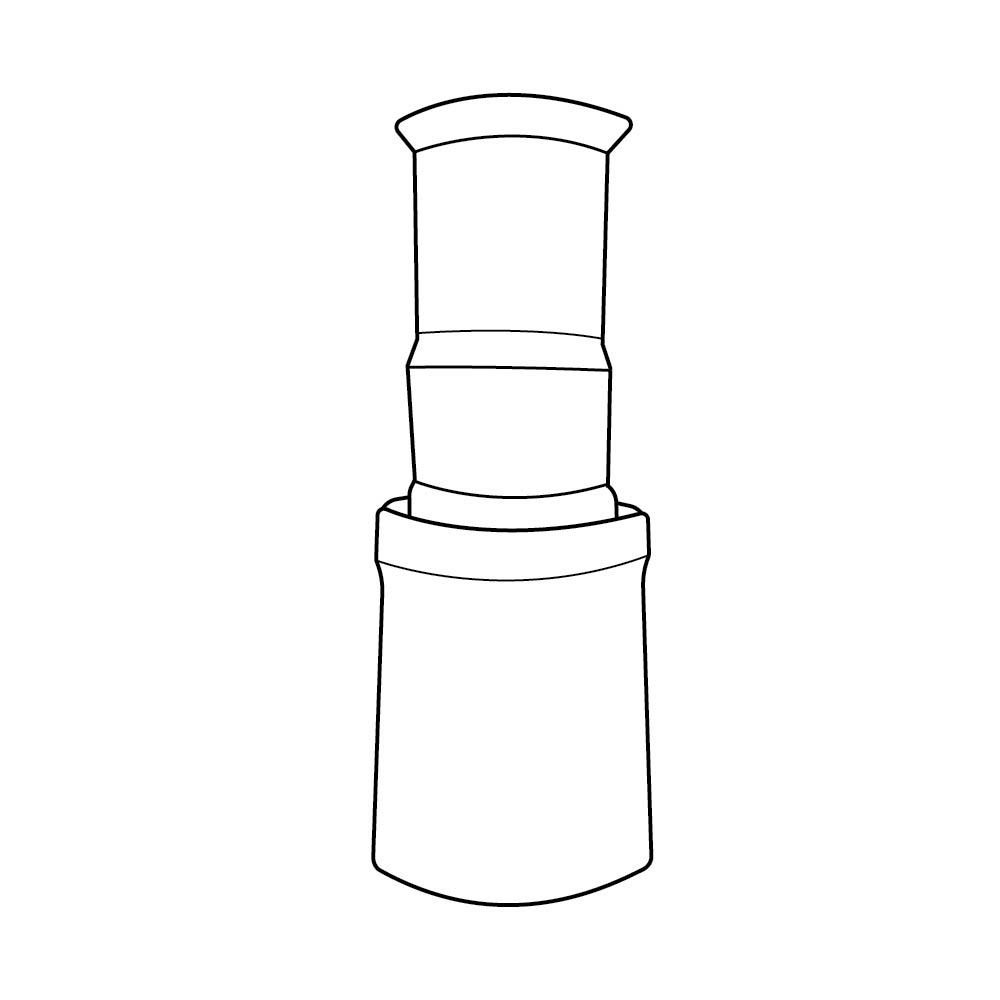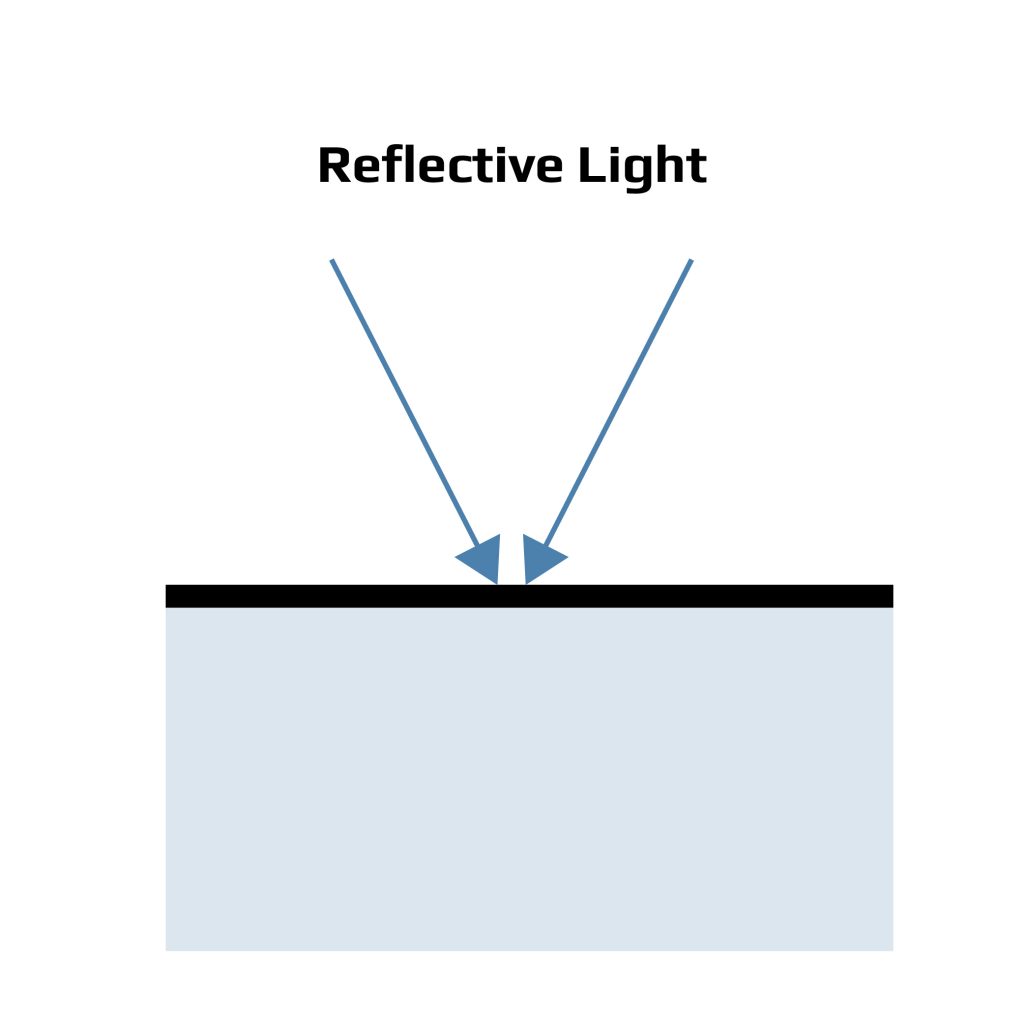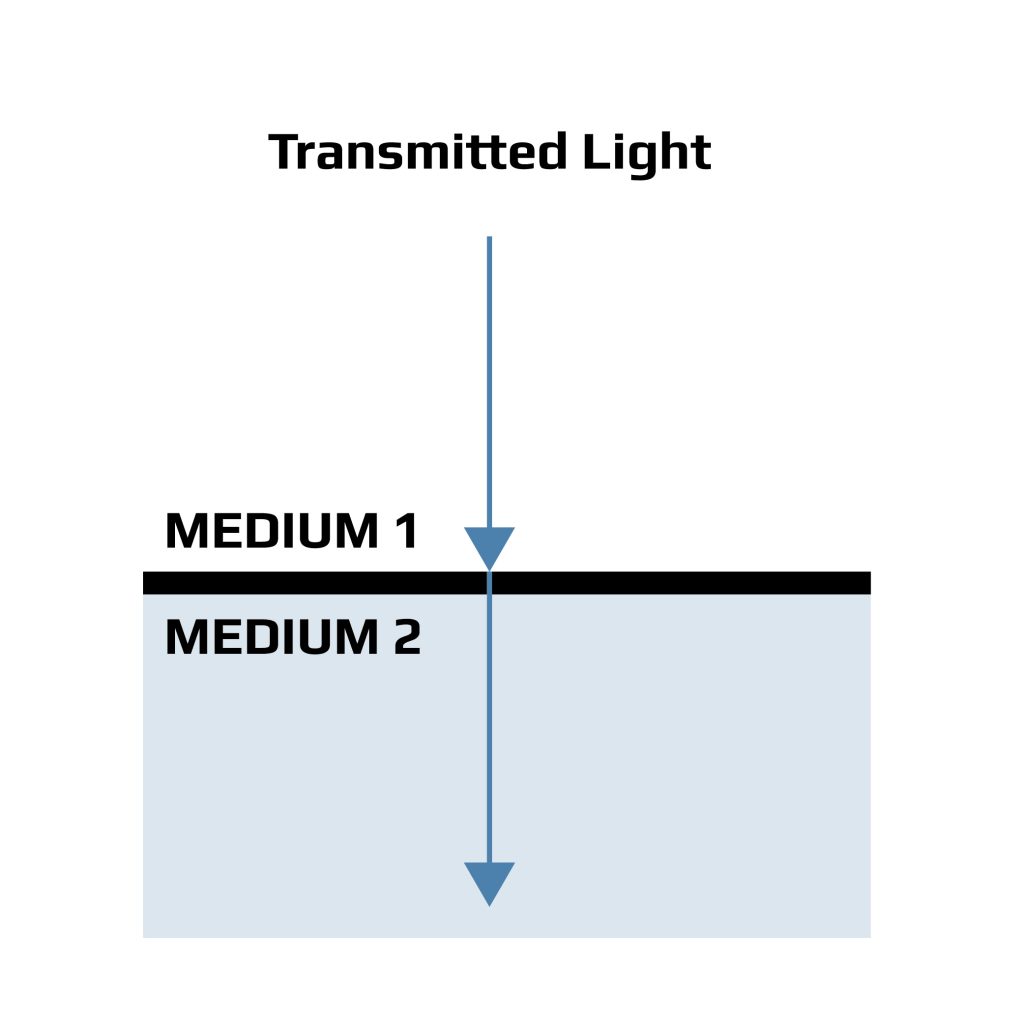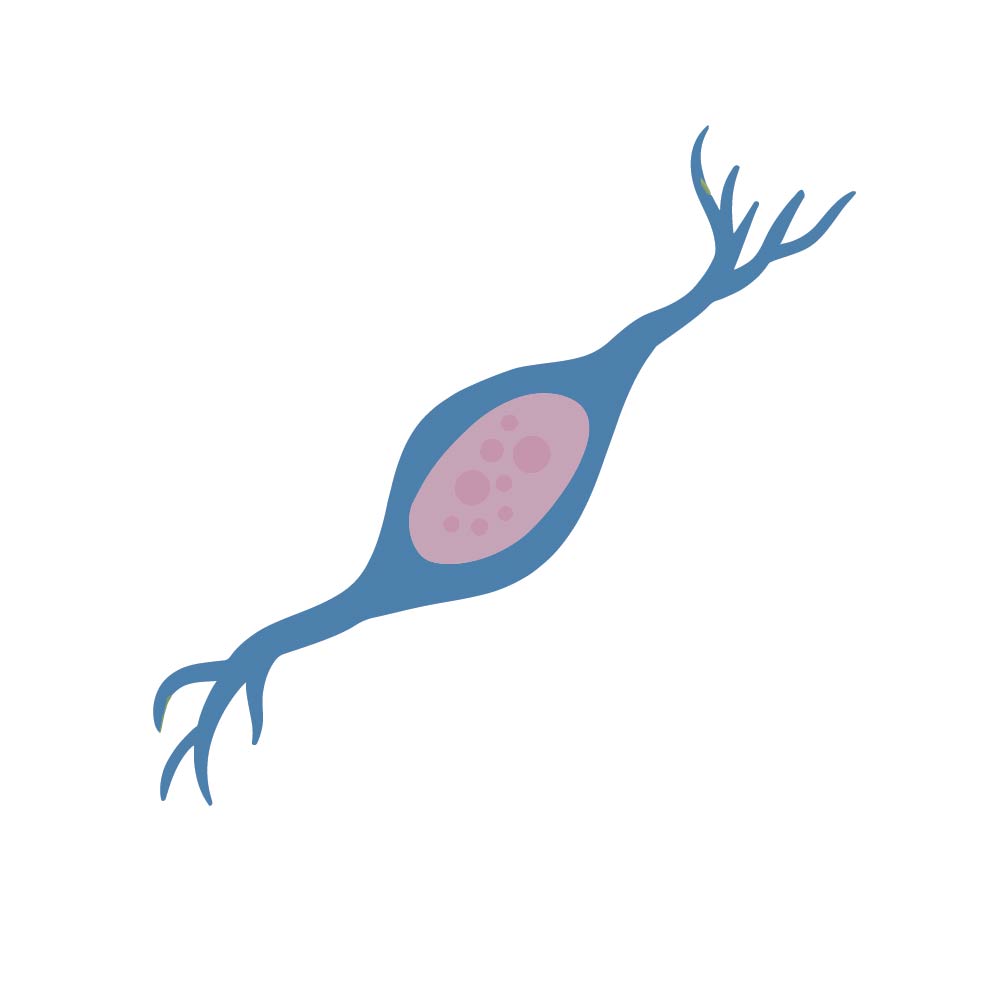What is a binocular microscope or a brightfield microscope? In this article, we will review the various different subtypes, such as head types, lighting method types, illumination technique types, and more. This focuses on biological microscopes only and their features. Some of these concepts apply to other types of light microscopes. However, if you are looking for explanation of different types of light microscopes in general, we have another article on that topic called “What is a microscope?” The different types of biological microscopes described here help you pick and dedicate which is best for you and your application.
TABLE OF CONTENTS:
MICROSCOPE HEAD: What is a monocular microscope versus a binocular microscope versus a trinocular microscope?
The assembly that houses the entire eyepiece and the top of the drawtube is call the microscope head. Sometimes the microscope head is rotatable and can be used in different orientations. The number of eyepieces (oculars) lenses is what distinguishes monocular, binocular, and trinocular microscopes. As you add complexity, the price increases but you also add benefits to imaging that may be very useful depending on your needs.
Monocular microscope: A monocular microscope has a single eyepiece for observation. The observer must close one eye to view the specimen. It is commonly used in educational institutions for basic microscopic examination. Monocular microscopes are the most common type of microscope, and the lowest cost, so they are great for the beginner or casual user. Also, if you want to upgrade your eyepiece, you only have to buy one.
Binocular microscope: A binocular microscope has two eyepieces that allow both eyes to observe the specimen at the same time. This type of microscope offers greater comfort for extended use and better depth perception due to the stereoscopic effect. It is preferred for advanced applications, such as professional research and laboratory work. With a binocular microscope there is a bit more setup, as you have to adjust the interpupillary distance (IPD) between your two eyepieces by rotating the tubes closer or farther apart, so that the two images form into a single image.
Trinocular microscope: A trinocular microscope has three eyepieces positions, two for the observer and the third is used for image capture, photography, or video recording. The third eyepiece usually connects to a camera or other recording device. This type of microscope is commonly used for research, clinical, and industrial applications that require image documentation and analysis. There are USB cameras and WIFI microscope cameras that can attach to the trinocular port and transmit the data to your computer or phone. An alternative to this is an eyepiece camera that can be used in any of the above models, by simply replacing the eyepiece with a USB eyepiece camera.
LIGHTING METHOD: What is the difference between a reflective light microscope and a transmitted light microscope?
The main difference between a reflective light microscope and a transmitted light microscope is the way in which the specimen is illuminated and observed. Typically this is easy to recognize in your microscope, if there is a light source above your specimen, it’s reflective. If the light source is below, then its transmitted. Some microscopes can have both a reflective light source and a transmitted light source which is the most powerful option to look at any type of specimen. Overall, the choice of microscope depends on the type of sample and the information required. Reflective light microscopy is best suited for observing opaque or reflective samples, while transmitted light microscopy is ideal for examining thin or transparent samples.
In a reflective light microscope, the light source is located above the specimen and reflects off the surface of the sample to be observed. The reflected light is then collected by the objective lens and viewed by the eyepiece. Reflective microscopes are commonly used for observing opaque or reflective samples such as metals, ceramics, and some biological tissues.
In contrast, a transmitted light microscope illuminates the specimen from below, and the light passes through the sample before it is observed. This type of microscope is used to observe thin or transparent samples, such as cells, tissues, and microorganisms. A transmitted light microscope typically uses a brightfield illumination technique, but it can also use other techniques such as darkfield, phase contrast, and fluorescence microscopy.
ILLUMINATION TECHNIQUE: What is the difference between a bright field, dark field, and phase contrast illumination in a microscope?
Bright field, dark field, phase contrast and fluorescent are four different types of illumination techniques used in microscopes to visualize specimens. The lighting method may be the same for these types, usually using transmitted light, but that light is manipulated differently to achieve the certain illumination technique. Microscopes can be specific to a certain illumination technique such as a bright field microscope, or can have multiple different options that can be switched between. For example, a phase contrast microscope usually has also a bright field and darkfield mode as well. Overall, the choice of illumination technique depends on the type of specimen and the features of interest. Each technique has its advantages and limitations and may be more suitable for certain types of samples.
Brightfield: Brightfield illumination is the most common technique in which a bright background is used to view the specimen. This is achieved by passing a beam of light through the specimen and into the objective lens. The image produced by this technique is based on the absorption and reflection of light by the specimen. Brightfield microscopes are the most popular type by far.
Darkfield: Dark field illumination is a technique in which a dark background is used to view the specimen. This is achieved by blocking the central beam of light, so that only the scattered light from the specimen enters the objective lens. The scattered light produces a bright image of the specimen on a dark background. This technique is useful for visualizing specimens that are not visible with bright field illumination, such as small, transparent, or low-contrast objects.
Phase contrast: Phase contrast illumination is a technique that enhances the contrast of transparent and colorless specimens by exploiting differences in refractive index. In this technique, the light passing through the specimen is shifted out of phase, and the resulting interference pattern is used to create an image with high contrast. Phase contrast microscopy is commonly used to study living cells, including bacteria and other microorganisms, which are often difficult to see with other techniques.
Fluorescent: Fluorescent illumination is a technique in fluorescence microscopes that uses specific dyes to produce images of the sample. This technique involves using a special light source that emits a specific wavelength of light that is absorbed by the fluorescent dye. This causes the dye to emit light of a different wavelength, which is detected by the microscope. This technique is particularly useful for observing specific parts of the sample, such as proteins or DNA.
 OPTICS UNIVERSITY
OPTICS UNIVERSITY








0 comments on “What are the different types of microscopes?”